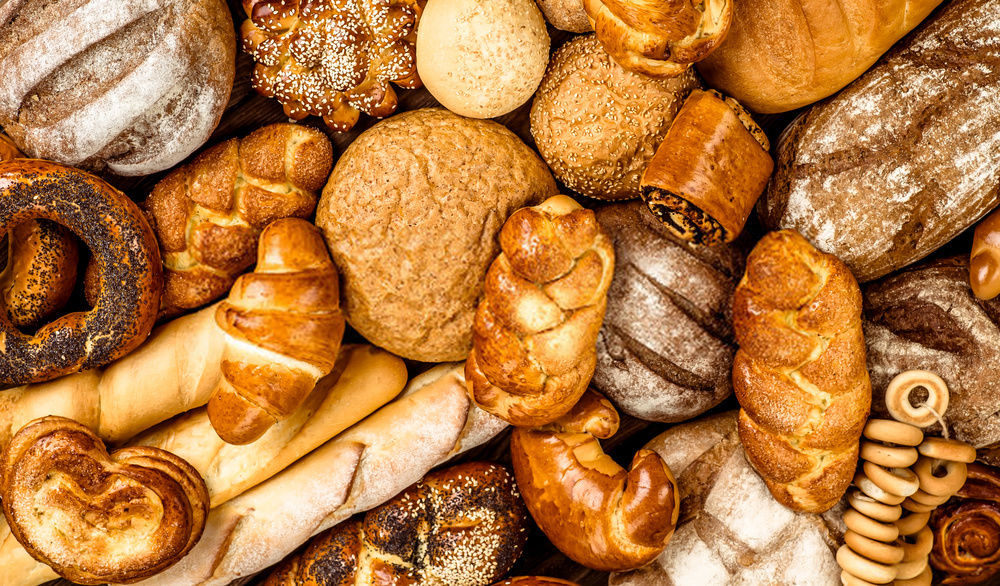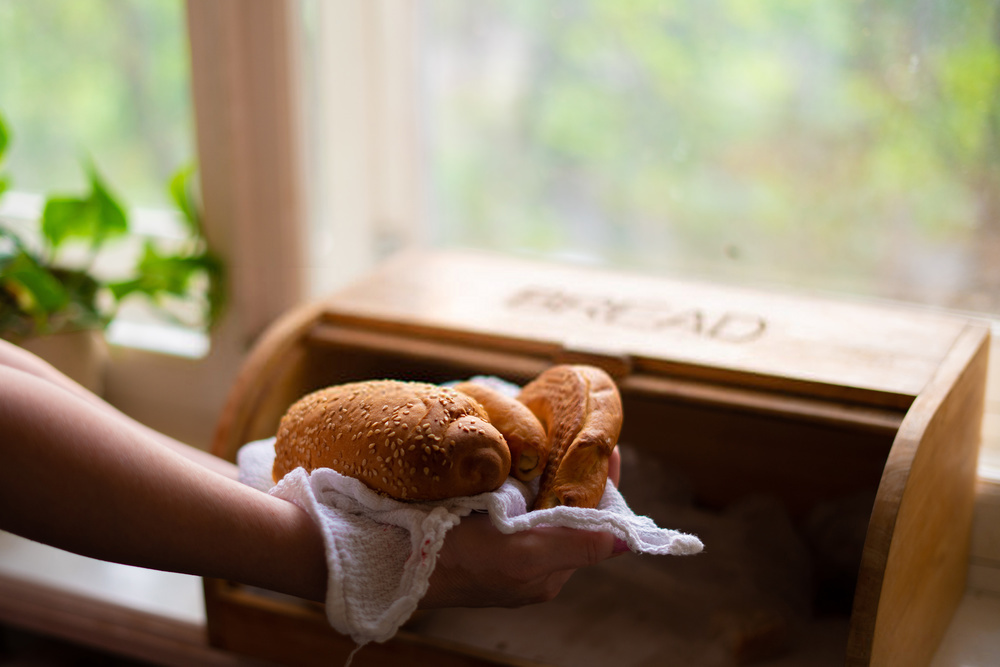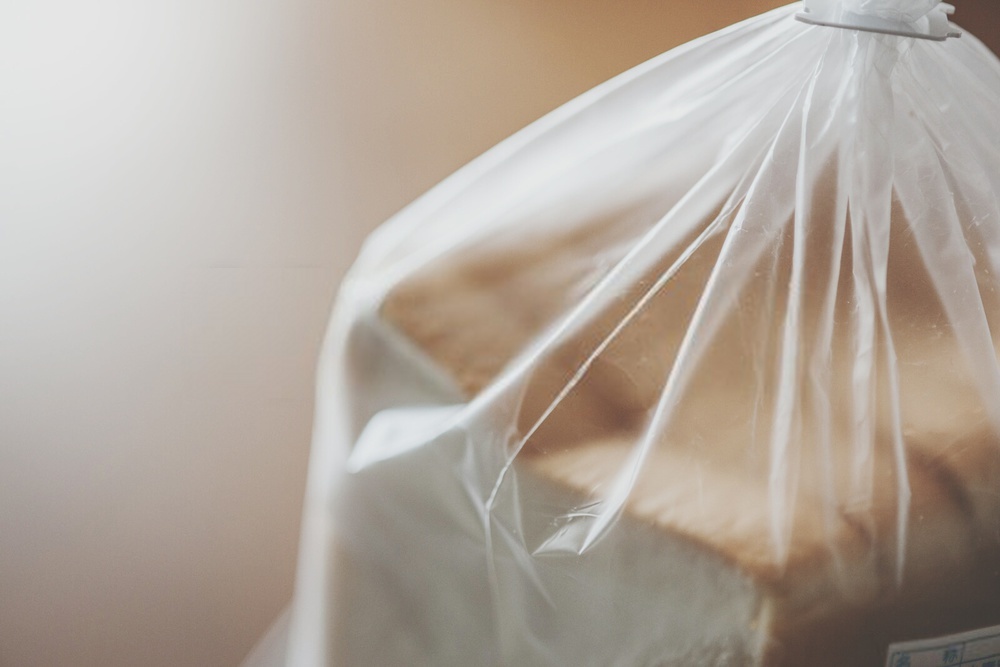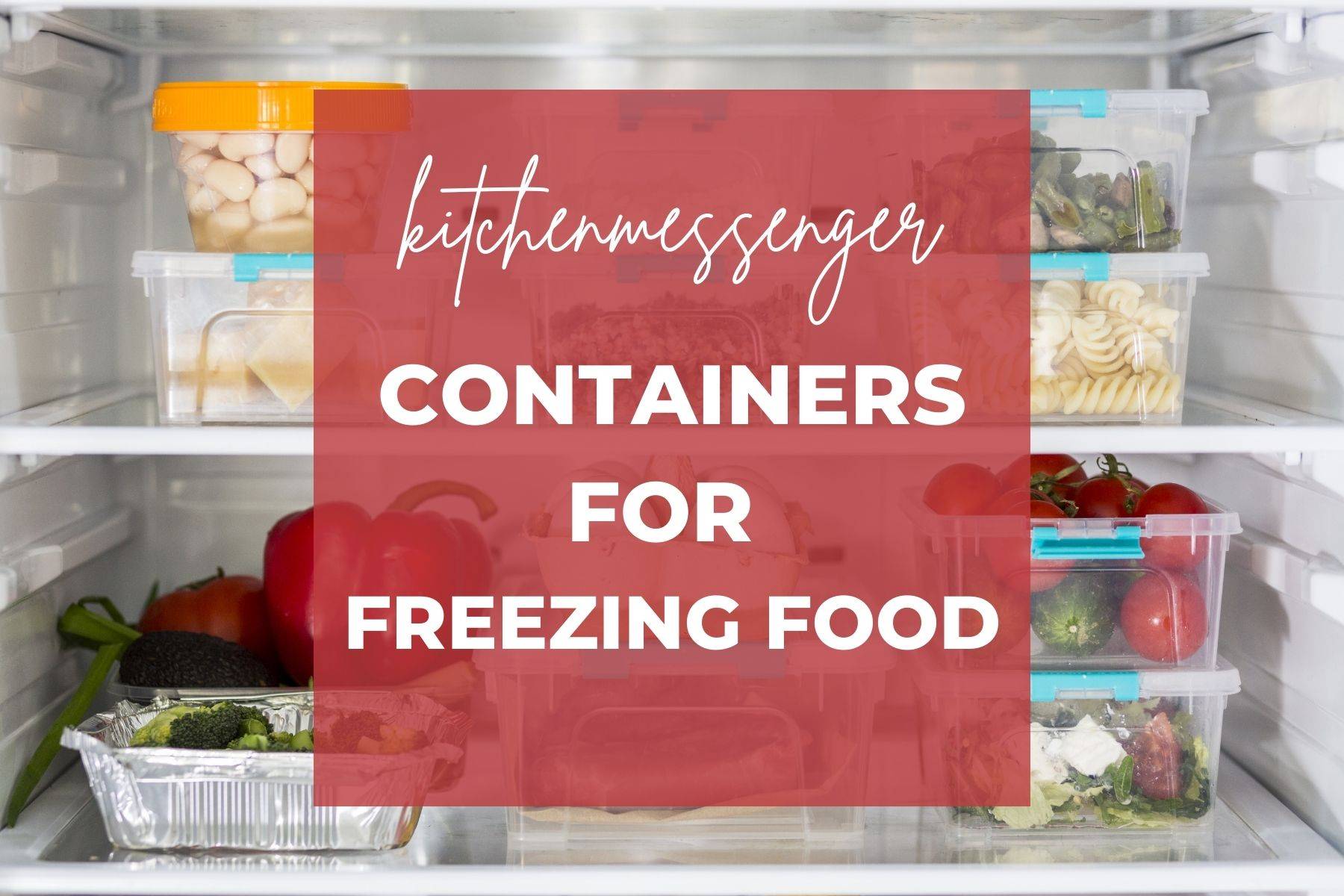The best way about “how to store bread” is by keeping it out of direct sunlight and away from refrigerator door handles. Avoid stacking more than one slice of bread on top of another; otherwise, they will mould quickly. Paper goods such as brown paper bags also work well for long-term storage because these materials do not cause moisture buildup which can ruin fresh loaves if left uncovered at room temperature (or 41 degrees Fahrenheit).
Bread isn’t just delicious, it’s nutritional too- which means we should take care when storing those precious loaves from our weekly grocery runs.
How To Store Bread Fresh Longer
If you’re storing bread on the counter, leave it in its original packaging with another paper bag if required. Resist the urge to cover up your cut or exposed end by using plastic wrap–it may seem like a smart move but stops air circulation preventing mould spores from growing faster than they otherwise would have done so! Be sure not to set near heat-releasing appliances such as ovens and dishwashers too because this will just encourage more moisture buildup trapping even more moulds inside.


For storing your favourite sweet and savoury treats, a bread box is an excellent choice. Not only can they be used to house all sorts of foods such as this modern style one with sleek lines or even this old-fashioned rubberwood container from 1950s vintage design aesthetic – but it also helps keep those pesky pests at bay by allowing airflow through while keeping food safe inside!
If you discover that your bread has been left out overnight, don’t panic. The best thing to do is freeze it so it can last longer in the freezer! Once frozen, slice up any remaining pieces for easy handling and storage – either use plastic bags or sheets of wrap which will protect against ice crystals forming on top while keeping airtight seals around all sides allowing moisture evaporation through. Wrap tightly before putting back into the refrigerator store Bread in Freezer If Discovering Left out without Protection.
Understanding bread’s shelf life
Bread is a fundamental part of any meal, so it’s important to have the right kind. According to Booker “fatty acids help keep bread fresh by coating its surface standards preventing rapid spoilage.” Bread with more fat tends not only to taste better but also stay fresher longer because they’re less susceptible than leaner loaves from going stale quickly due in large part thanks to their natural preservatives found within them such as eggs or butter.
The type of flour you use can have a huge effect on the quality and taste of your bread. For instance, if I used red wheat instead of book-flour example it would make all kinds or differences because not only does it contribute to more moisture in my dough but also gives off an entirely different flavour profile as well since each variety has its own unique qualities about them which will be reflected within every bite.
The best way to preserve the life of your bread is by baking with almond flour. Why? Almond meals can store up to four times as much moisture as all-purpose wheat, so if you use it in place of regular white or rice flour on occasion (when making pizza crust) then keeping those sandwiches fresh will be no problem! There are also some general tips on storing and freezing dough which I’ll share below…
How To Store Bread fresh
You may think that bread has a short shelf life, but it’s really easy to extend its lifespan by storing the dough in an airtight container.


Simply wait until your refrigerated Rise and Bake cycle finishes before cutting up any of these steps can help reduce waste:
- Divide the loaf.
- Leave a section out at room temperature.
- Prep the remaining portions for long-term storage.
- Freeze until ready to eat.
- Thaw and enjoy.
- First, make sure you’ve divided up your loaf of fresh baked bread. Place some in an airtight container or on the dusted shelf of your fridge if storing for only short term use (eat within 3-4 days).
- You can also cut it into thirds to allow more pieces per person when dividing older loaves that are nearing their expiration date; however this may cause them not to be as tender due its age so handle delicately!
- Next give each section time at room temperature until they’re ready enough then follow these steps: first remove any excess liquid by covering with plastic wrap and letting it sit overnight before placing it in a zip top bag inside the closest freezer compartment.
- When you’re ready to make another batch of bread, defrost a section or slice that has been in there long enough.
Here’s a little-known fact about bread: Store-bought products typically last five to seven days, while homemade varieties are good only for three at room temperature.
Invest in a breadbox: Use a breadbox
You can extend the life of your bread by using a breadbox. “I would say that it works better than an airtight container because it’s breathable and creates just enough humidity for storing loaves,” says Booker, who also suggests keeping them in clear bags or wrap if you’re going out soon after Purchasing so they don’t get dried out too quickly before eating (and keep those pesky bugs at bay!).
Wrap bread in plastic


It’s a good idea to keep your bread fresh! One of the best ways is by wrapping it in plastic or sealing it with an airtight sealer. This will help you avoid wasting money and food that could have been eaten had they not gone stale so fast from being left out on the countertop too long.
It’s reliable compared to long-term storage since they won’t be sitting on counters soaking up all sorts of bacteria for a while! Even storing food items like loaves inside airtight containers can keep them tasting better than ever when eaten within 3-4 days – but make sure you don’t leave these types of jobs out where critters get at them before then because otherwise what was meant as protection might turn into more work cleaning off dried bits from every corner.
Ditch the bread bags and use the original wrapper
Canvas bread bags are stylish and eco-friendly, but they don’t always keep your favourite slices from getting stale. If you leave a 24 slice loaf in the canvas bag for more than seven days though (or any amount of time), it can actually cause them to go bad faster! “If its homemade bread and not wrapped in plastic,” says Booker – if so then there’s even less protection against hardening around exterior surfaces due to exposure before cooking/baking occurs; this means storing such foods correctly is imperative: store-bought loaves should still come with their original Plastic wrapper tightly sealed at all times while keeping cool environments where possible.
Where exactly you store bread is critical
“It’s not just about where you store your bread, but also how. Bread goes on top of the refrigerator right? Well, try again! Keeping it there will cause paper bagged or plastic bagged loaves to dry out faster due in large part to all that heat coming off a fridge – the same thing with storing near an appliance like dishwasher; excess moisture is given off by these devices isn’t good for our favourite tasty treat(s). So before deciding what spot is best let’s think through some options: Countertop outside door away from any windows?”
Don’t be afraid to Store Bread in a refrigerator
With such a highly debated topic, it’s hard to know for sure if refrigerating bread will actually last longer. According to Booker, this is a way you can keep your loaf fresh. It is edible without having the hassle of taking out an entirely new batch every few days! She says that because we live in warmer climates (and therefore fluctuating temperatures) storing food at cold temperature resets these fluctuations while also slowing down spoilage by containing bacteria growth more effectively than just room temperature storage would do- all with no risk whatsoever since nothing changes about how long yeast lasts once prepared correctly so they’ll always have enough time leftover even after being frozen.
Freeze your loaf
Putting bread in the freezer is a great way to stop it from moulding or getting stale. Freezing slices allows you not to defrost an entire loaf. You can keep your baked goods fresh for three months with store-bought ingredients. When made at home using higher quality products like French Bread that contain less than 20% fat content (French Brioche).
Frozen bread will last for up to three months if properly covered in plastic wrap and placed inside zip-top bags.
Insider’s takeaway
Bread is delicious, versatile food that we can enjoy at any time of day. Some types will last longer than others depending on their ingredients and whether they’re fresh or frozen with preservatives; however it’s also possible for even the lightest loaf to outlive its less sturdy counterpart if you freeze them beforehand.
Not All Breads Stale the Same
Bread can go stale, but there are plenty of ways to make it fresh again. For instance: the Panzanella salad from graciously old bread should really be eaten on its day-of baking; pappa al Pomodoro, an Italian dish where tomatoes and other vegetables come together with olive oil for a tasty treat. That’s not too bad if you’re feeling lucky enough to get some good stale carbs in your diet! Don’t forget about croutons either—they’ll always taste better than store-bought because we have cooked them right alongside their glorious predecessors.
Frequently Ask Question (FAQs)
How do you keep bread fresh?
Do you have a baker’s dozen? Freeze your bread to keep it fresh and crispy! The best way is freezing, but there are also other methods like storing in an airtight container. Be sure not to refrigerate- otherwise, the texture will change when thawed out; this includes all types of baked goods including doughnuts (yikes).
Where should you store bread?
The best way to store your bread is in an air-tight plastic bag at room temperature. Before going out, remove it from the bag and wrap it tightly with cling film before storing away.
For shop-bought loaves that come wrapped up nicely then just leave them as they are. Do yourself a favour, keep things cool!
Is it better to store bread in the light or dark?
Storing your bread at room temperature in a dark, dry place will keep it fresh for much longer. If you have the option of storing them elsewhere then that is even better! I would recommend keeping loaves away from hot appliances. Refrigerator Like appliances could cause condensation inside bags causing mould growth or other issues with spoilage faster than before.
Where should bread be stored in the kitchen?
If you want to keep your bread fresher for longer, try storing it in a cool and dry area. If not out on the countertop then deep inside one of those cabinets or drawers with all that good stuff.
Conclusion :
Storing bread is not as easy as it may seem. Make sure you are using the right type of container. Store your bread in a cold area with good ventilation. The best way to store fresh bread is by following these five steps. This will ensure your loaf stays fresh longer than tossing it into the fridge or pantry without any concern. If you have any questions about bread last once opened, please don’t hesitate to ask us; we’re always happy to answer questions like this.

















